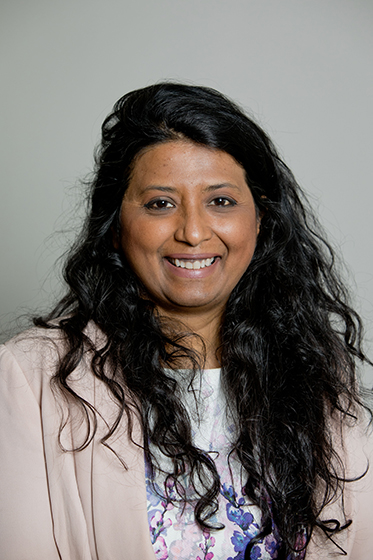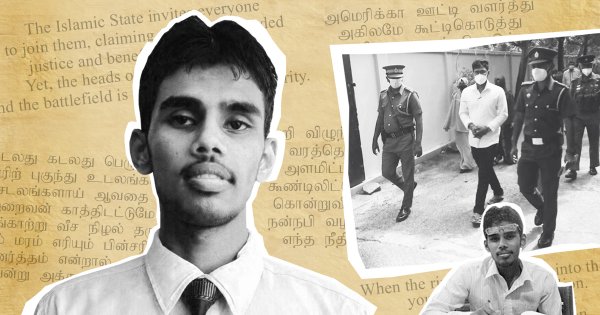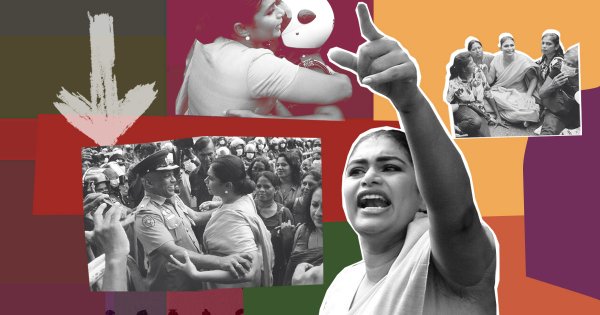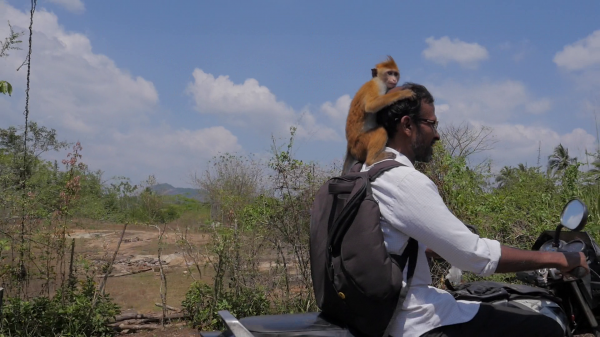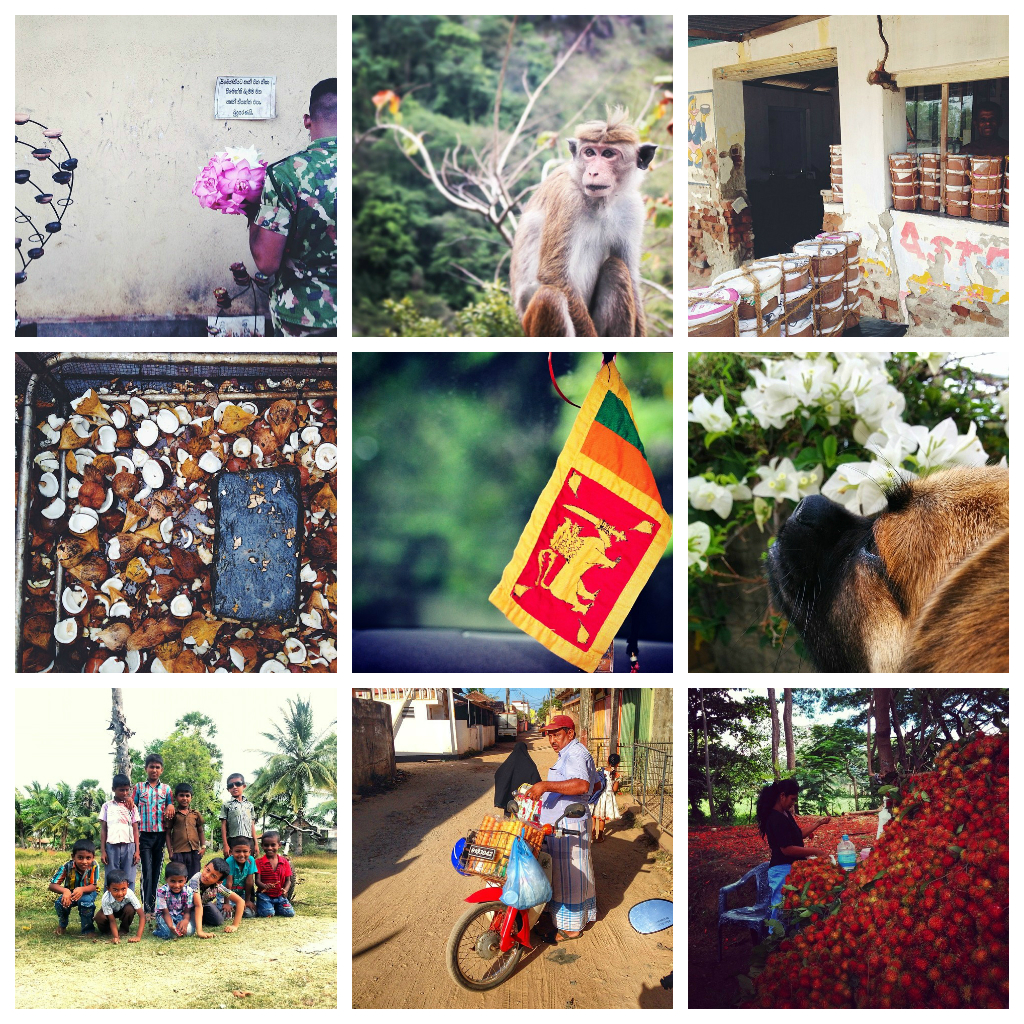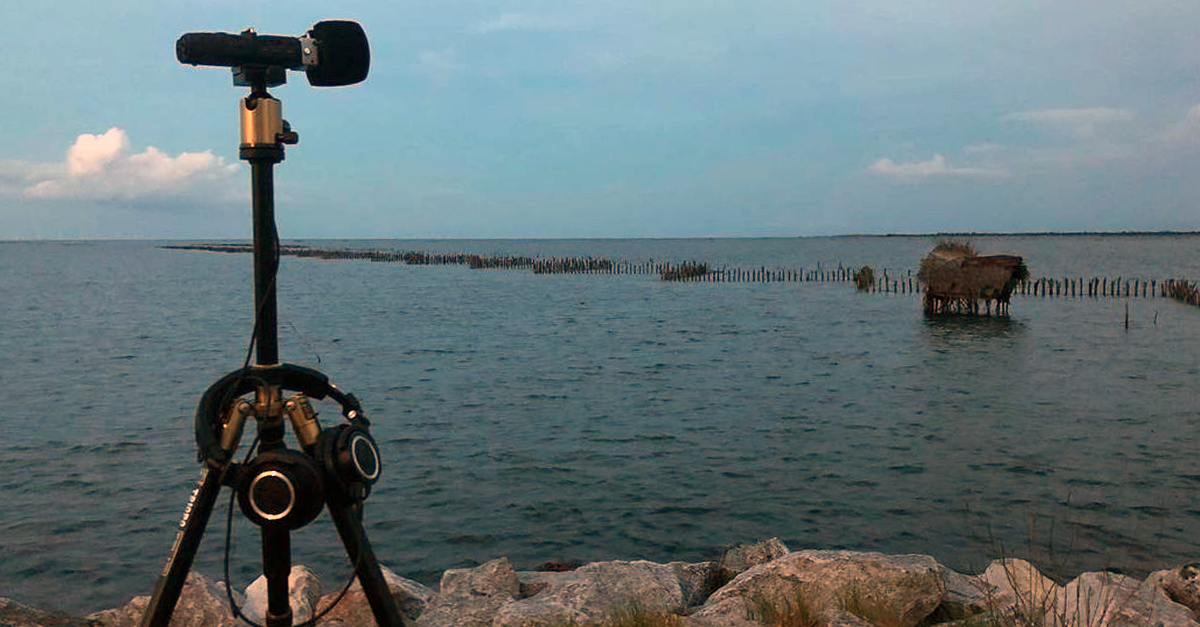
More than a mere mode of communication, language shoulders the deep-rooted experiences and memories of generations past. Colomboscope’s 2021 edition, ‘Language is Migrant’ encourages artists to explore this movement from culture to culture and person to person. Inviting an incredible range of artists to interpret this theme, tandem residencies were formed to allow both local and international artists to work cohesively in a creatively enhanced environment.
The programme paired Afghan artist Aziz Harara with Sri Lankan artist and lecturer Rupaneethan Pakkiyarajah. Aziz’s work centers on visual narratives and aims to explore the literary forms surrounding Sri Lanka’s war-torn history. Meanwhile, Rupaneethan’s personal experiences of displacement and marginalisation emerge in his work, which has a particular focus on identity.
In conversation with Roar, the two artists shared their thoughts on how this residency experience shaped their journeys as artists through a landscape filled with conflict and displacement, battling with loss of identity.
1. Talk to us about the nature of your work. What inspires your concepts?
R: The war and the land-based politics it created has always inspired me to observe common spaces that break power hierarchies. I’ve always worked intimately with the landscapes that surround me, along with studying the elements that make up my physical self. I find it interesting to merge these two aspects to identify the connections they hold and discern a more natural identity without divisions.
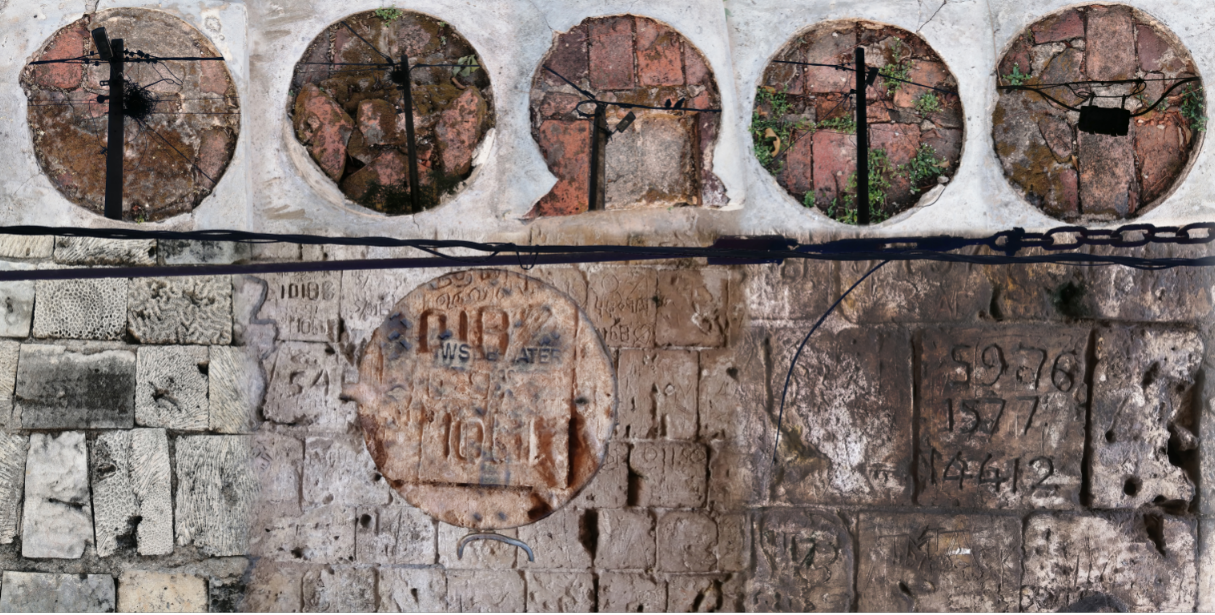
A: I grew up in Afghanistan. Coming from a conflict zone had a great impact on how I think of my practice as an artist, along with how I perceive history, memory, the self and society, architecture, migration, panopticism, and more. These issues, along with the challenges of everyday life, have become an important part of my work. I intend to explore these various themes in specific cultural and political contexts. My practice is grounded in my life experiences of growing up in a conflict zone and seeing how war can redefine ethnicity, identity, and the notion of memory and space. Furthermore, my practice looks at the appearing and disappearing landscapes of violence and its impacts.
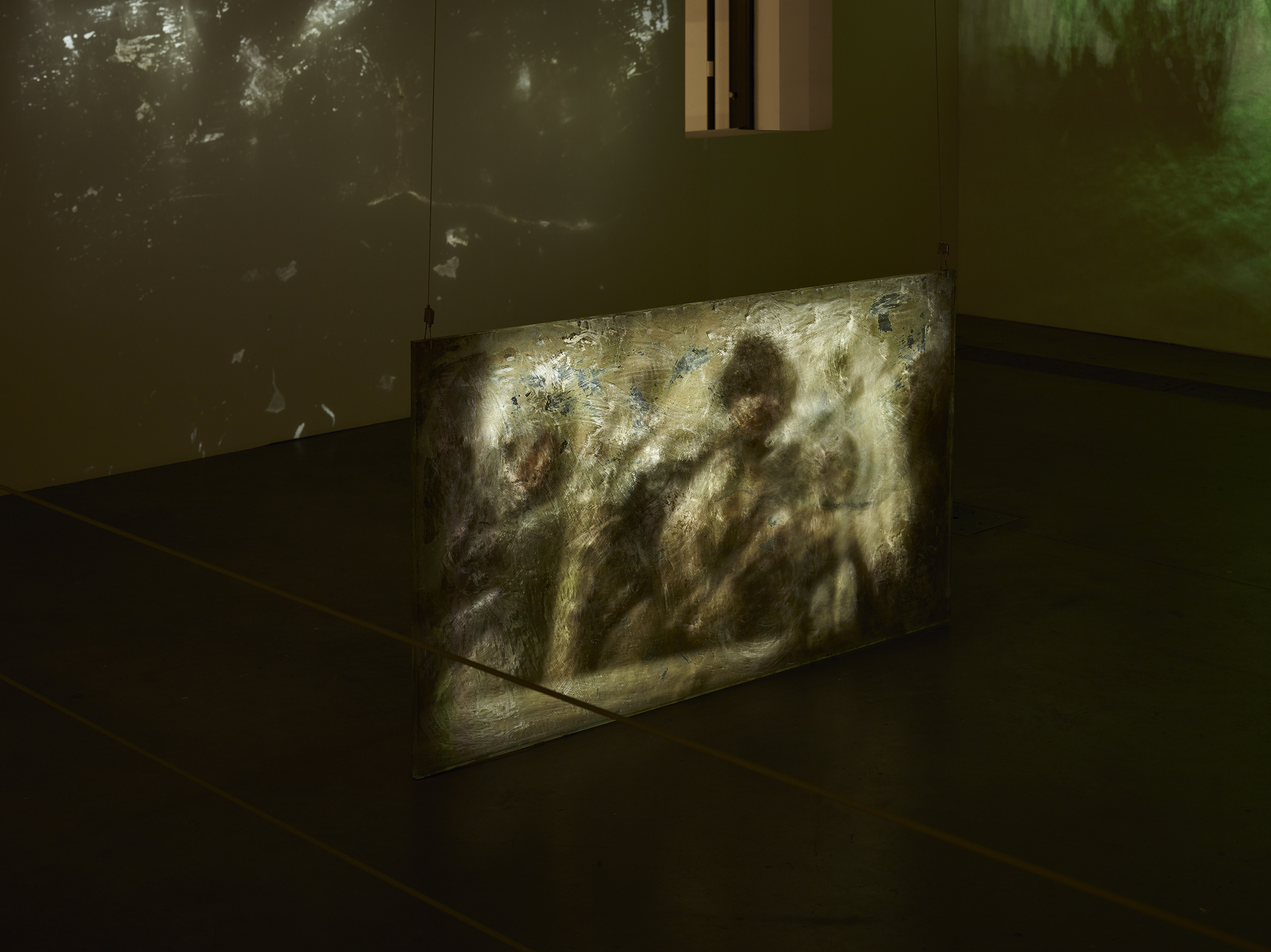
2. What inspired you to follow a career in art?
A: I grew up in West of Kabul, in a neighborhood where we had resettlement happening from various parts of Pakistan and Iran. At the time, there were activities such as painting classes and calligraphy that gave me an opportunity to explore my interest in image-making. The decision to become an artist happened much later in my life.
R: Coming from a family of artists and dramatists, my greatest inspiration has always been my elder brother, who was a teacher. He was interested in drawing and has always been an inspiration to our whole family. I didn’t even understand what an artist’s role was or how they worked until my education began. Only then did I develop my skills and embark upon my artistic journey.
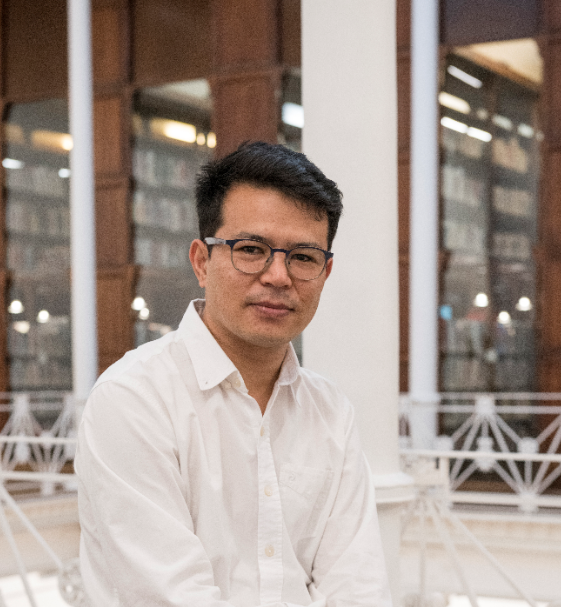

3. What mediums are used for your concepts?
R: I follow sculptural practice, working with rubber. My work is inspired by rubber molds and I have been working with rubber material for years, manipulating it to represent the inside and outside of the skin. To me, rubber sculpture molds create possibilities to think about boundaries like those between negative and positive space, or between masculinity and femininity. I also experiment with other mediums such as drawing and digital media.
A: Videos, photography, and performance are some of the mediums that I work with. I find that various forms of media are tools in helping me illustrate my ideas effectively.
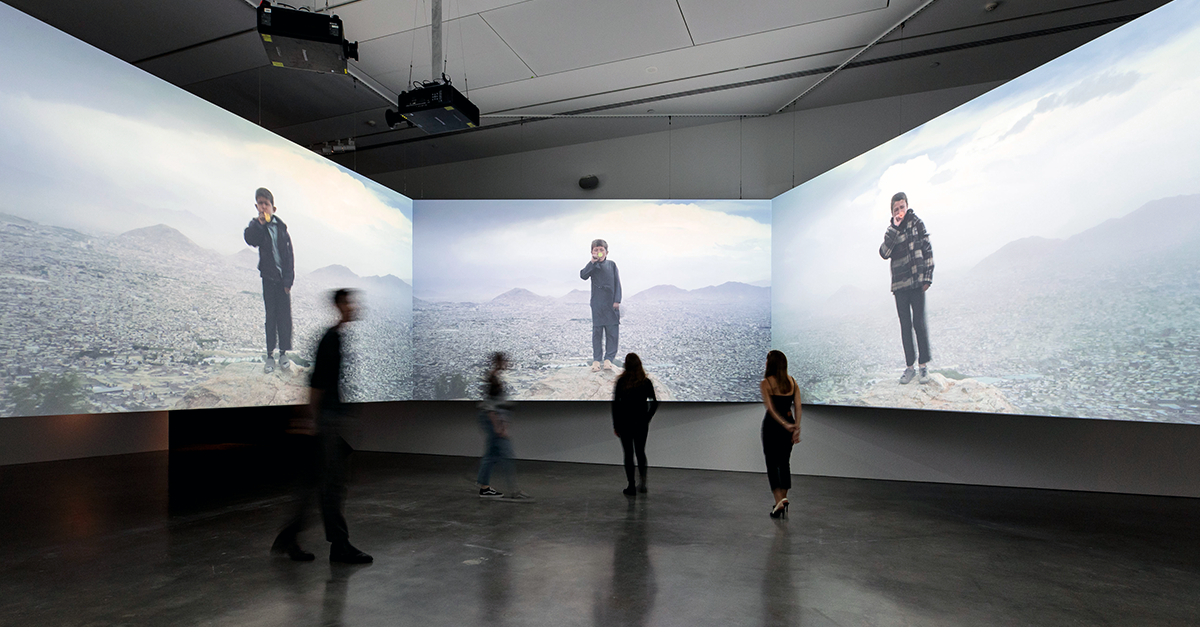
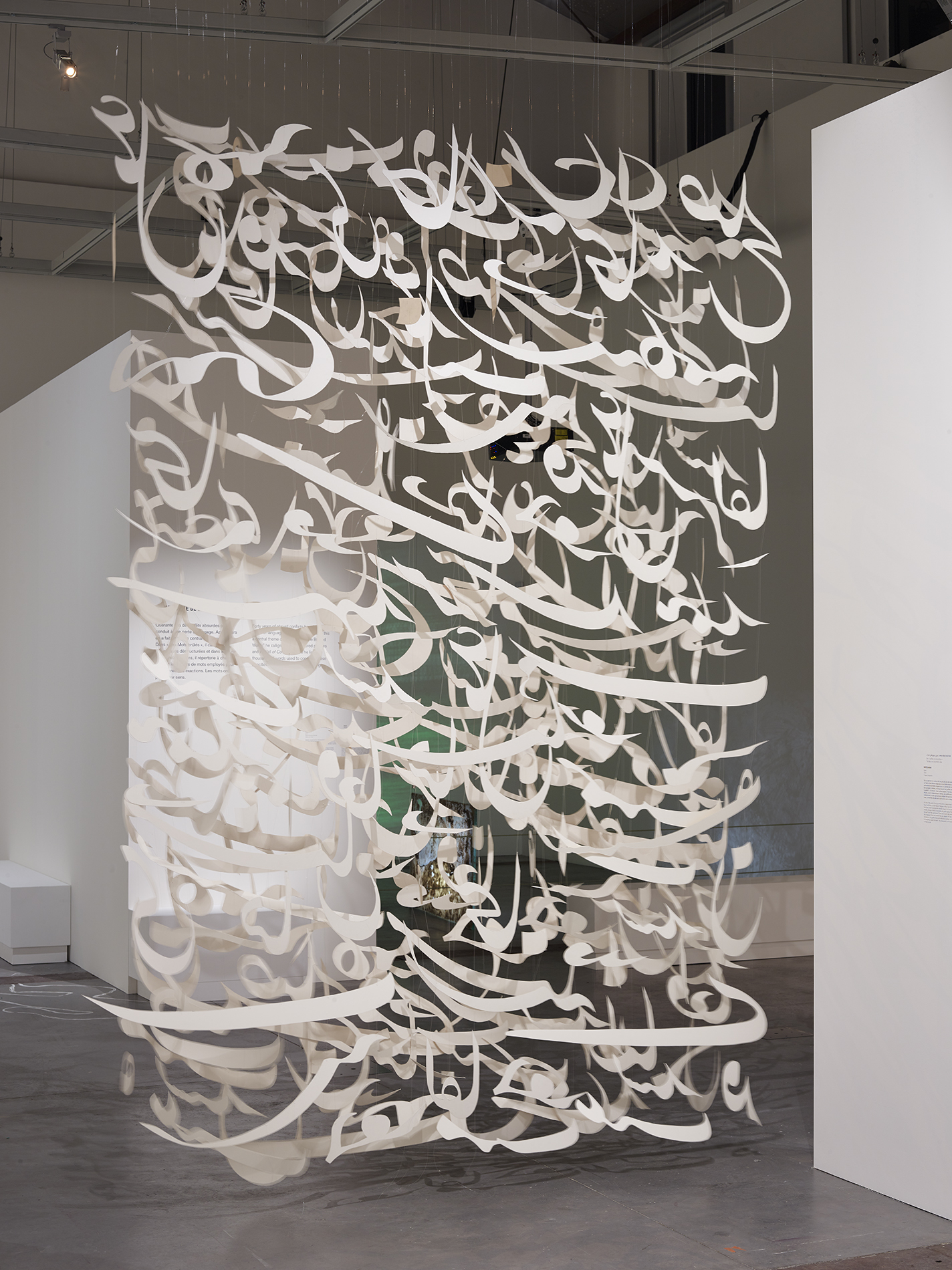
4. Tell us about your projects for Colomboscope’s 2021 festival.
A: I am interested in exploring the relationships between memory, language, body, and migration in the context of power relations and the history of erasure. I’m exploring the different forms in which different ethnicities commemorated events through monuments, storytelling, poems, and rituals. What are the power dynamics when it comes to commemorating an event? How do these events shape their behaviours? These are some of the questions which will influence the visual exploration of my work in Sri Lanka.
R: My work takes on landscapes and land-based conflicts, alongside the construction of identity in Sri Lanka. I have been visiting different places and observing how landscapes can embody caste, class, race, and religious identities of people. On the other hand, I explore how landscapes can offer space for difference and interdependency between people, and the possibility for collective identity where connections can be forged across borders and divisions. And I am interested in reflecting the experience into visual language.
5. Give us an insight into the tandem residency and how it has helped shape your creative practice.
A: Being in this part of South Asia is definitely an interesting exercise for me. It puts me in a completely different position and context. The opportunity to travel across the landscape, access new sites, and meet new artists is an exciting one. However, with these changing situations, the possibilities are now limited.
R: This is a great opportunity to meet new artists while exchanging knowledge and skills. This residency is definitely a learning opportunity that will only further our creative practice.
6. As two artists that explore different art forms, how did a tandem residency influence your ability to work creatively and productively in one place?
A: Working together has definitely influenced our practices, but the effects might not be visible for at least another year or two because art is a very slow process! It will be interesting to see where this exposure takes us.
7. In your opinion, what is the impact of programmes such as tandem residencies for artists?
A: I think it helps in many ways! Simply by putting an artist in a completely different context, you create a challenge for him or her to face. Not only does it shape many relationships, but gives you the environment to help shape your growth.
R: Colomboscope has provided a wonderful opportunity for artists to engage with one another. I think this programme encourages artists to explore their own practice whilst navigating new visual experiences. Tandem residencies such as these are a useful way for artists to learn together and engage better with their work.
8. How have your experiences during your residency in Sri Lanka resonated with the ‘Language is Migrant’ theme and your final artistic work?
R: I think the theme allows us to further explore the visual language with our inner emotions and sensation. In an abstract manner, it can be a challenge to take this to our audiences, but I believe this residency has allowed us to focus on having more conversation based on visual experience with different audiences.
A: Standing witness to the surviving monuments and tales of conflict in Sri Lanka has helped me interpret various landscapes in unique ways, which will certainly influence my current and future work.

9. In your opinion, what is the long-term impact of a festival such as Colomboscope?
A: I think it’s quite an important festival for artists in the region. Colomboscope is putting Sri Lanka on the map, especially in our subcontinent. This will hopefully generate dialogue within the island and create more opportunity for artists to come together and discuss issues that are crucial in our regions.
R: I think this festival doesn’t just allow prominent artists to showcase their work; it gives emerging artists an opportunity to gain inspiration. It breaks power hierarchies and allows everyone to learn and benefit together. I think this is important because it helps create a space that allows for more conversation about emotions and our interpretations of the issues surrounding us.
10. Rupaneethan, as a local artist that is familiar with Sri Lanka’s conflict and displacement, how do your past experiences tie in with your current project?
R: The environments I’ve been working in have been quite tense over the years. It’s no longer just the remnants of the war; the more recent bombings and the pandemic also play a significant role. I have witnessed the gradual differentiation in the landscape that has been growing between people. There are divisions and tensions arising between individuals due to caste, class, race, and religion that are quite visible. This awareness plays a role in my current projects and encourages me to look into differentiation and connections more.
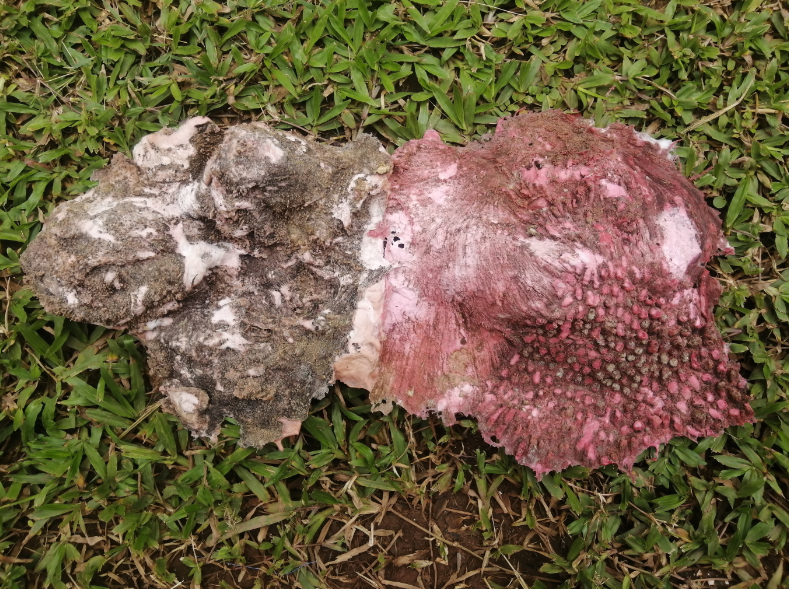
11. How have your collective experiences during your residency in Sri Lanka impacted your personal journeys as artists?
R: As an artist and lecturer, this residency gave me the time and freedom I needed to focus once more on my work. Participation in such programmes gives you greater exposure to the people, the food, and much more, which helps you to get more experience about your landscape and gain more ideas to work with.
A: My main takeaway from this experience would be the sound of the landscape and the different layers it holds. Living with Rupaneethan, exploring this part of Sri Lanka, and seeing different practices is an enormous experience that will definitely change and shape my work in the future.

